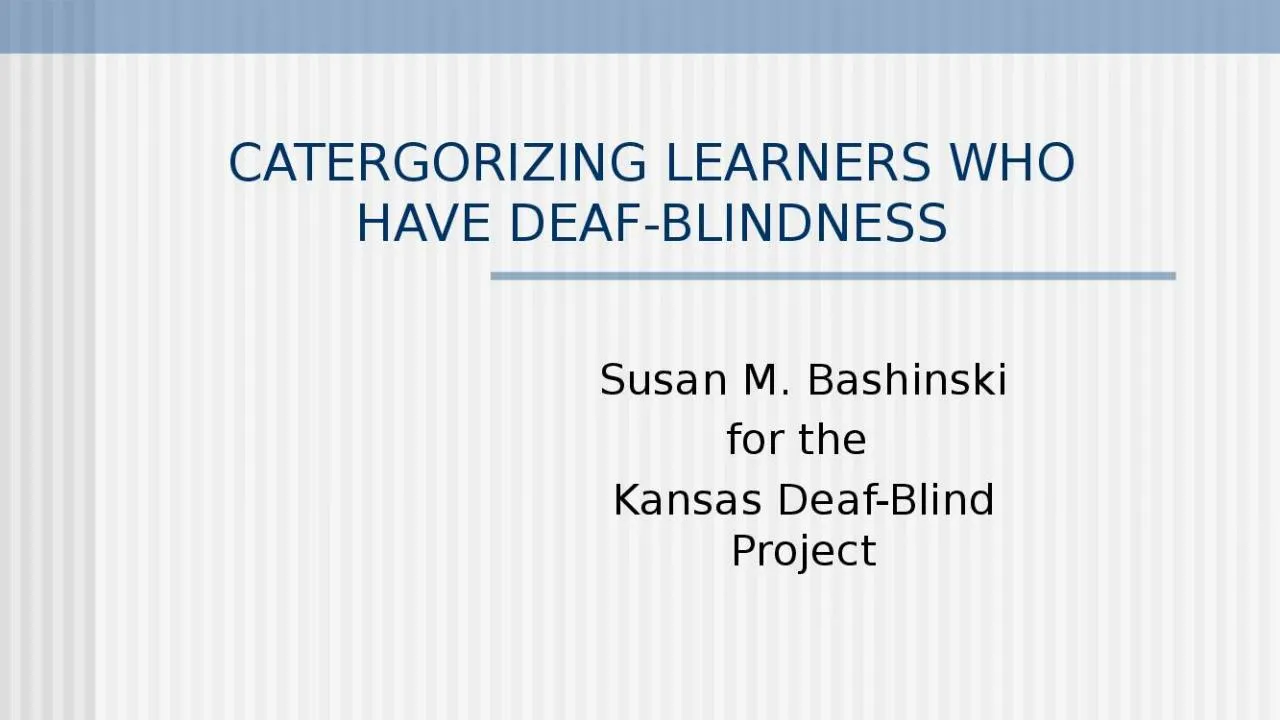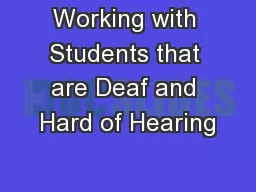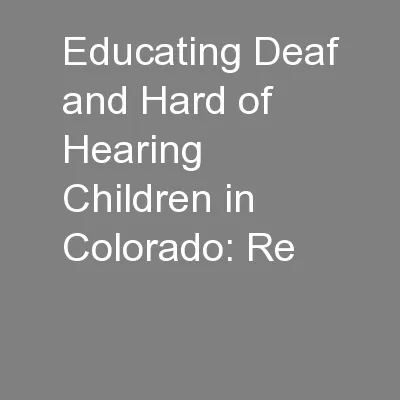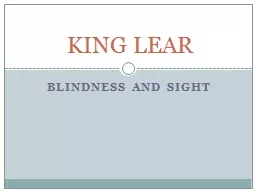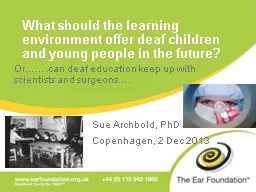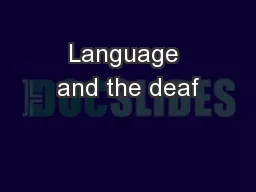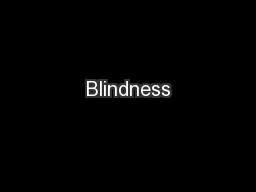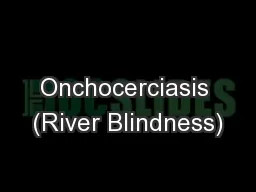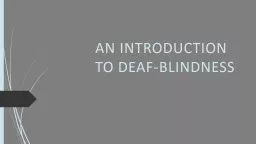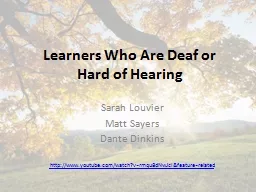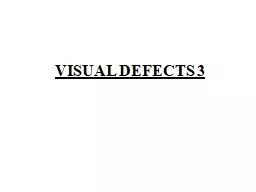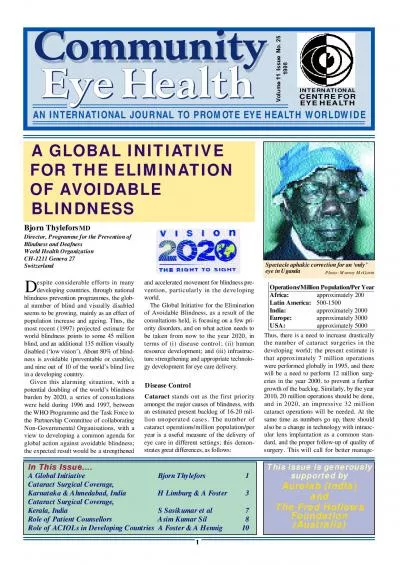PPT-CATERGORIZING LEARNERS WHO HAVE DEAF-BLINDNESS
Author : emily | Published Date : 2022-05-17
Susan M Bashinski for the Kansas DeafBlind Project ETIOLOGIES of DB In general children might be at risk for having combined vision and hearing losses due to
Presentation Embed Code
Download Presentation
Download Presentation The PPT/PDF document "CATERGORIZING LEARNERS WHO HAVE DEAF-BLI..." is the property of its rightful owner. Permission is granted to download and print the materials on this website for personal, non-commercial use only, and to display it on your personal computer provided you do not modify the materials and that you retain all copyright notices contained in the materials. By downloading content from our website, you accept the terms of this agreement.
CATERGORIZING LEARNERS WHO HAVE DEAF-BLINDNESS: Transcript
Download Rules Of Document
"CATERGORIZING LEARNERS WHO HAVE DEAF-BLINDNESS"The content belongs to its owner. You may download and print it for personal use, without modification, and keep all copyright notices. By downloading, you agree to these terms.
Related Documents

